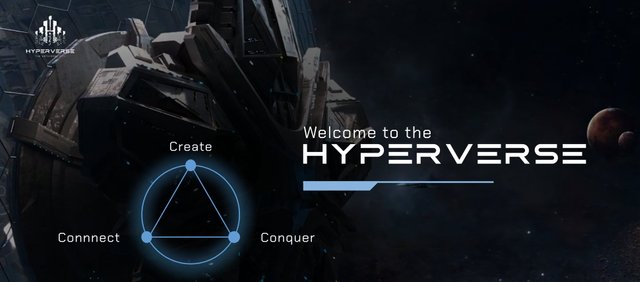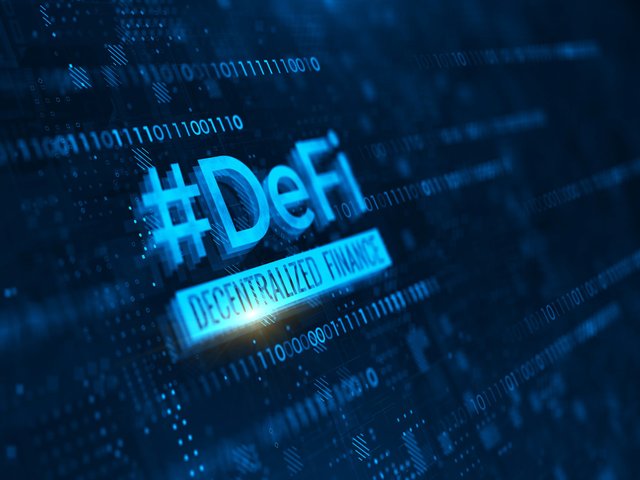
FYI: The HyperVerse Refund Program commenced on the 20th of January 2023 and is still ongoing.
A couple of months ago, we published an article explaining the history of Stablecoins and how they have revolutionized the Cryptocurrency space, this article would be a deeper dive into Stablecoins, the mechanism behind it and the black sheep of the Stablecoin family called Algorithmic Stablecoins.
Stablecoins are cryptocurrencies with a price that’s designed to be pegged to cryptocurrencies, fiat, or to exchange-traded commodities such as industrial metals or precious metals like Gold, the most popular Stablecoins and those who retain the same value overtime are those that are pegged to the US Dollar like Tether USD(USDT) and US Dollar Coin(USDC) and this means that these stablecoins are meant to be pegged to the price of the dollar at all times, ie 1 USDT=1 Dollar, Stablecoins are very popular for those that want to store their assets in Cryptocurrency but do not want to be involved with the price volatility in the space.
Each stablecoin project differs in ways they maintain the peg. The two biggest ones, tether (USDT) and Circle's usd coin (USDC), are “over-collateralized” by fiat reserves, meaning they have cash or cash-equivalent assets in their reserves. So each USDT or USDC traded in the crypto market is backed by what’s actually in the possession of the stablecoin issuers. Similarly, MakerDAO’s stablecoin DAI is decentralized but also overcollateralized – backed by ether (ETH) deposited into its smart contracts.
THE SVB & SIGNATURE BANK SAGA
The collapse of Silicon Valley Bank(SVB), a 40-year-old California-headquartered bank that had become a startup tech sector favorite, has shaken the financial world in the past few days. This collapse was as a result of some seemingly good investment decisions that was adversely affected by the move by the Federal reserve to hike interest rates in a bid to slow down the rate of inflation and the seemingly good investment decision by the bank resulted in a $1.75 billion loss.
After announcing this loss and the need to raise capital to fill the gap, customers and investors panicked and started a withdrawal frenzy which brought the bank to it’s knees as they couldn’t fulfill all the withdrawal requests and this forced the Federal Government to step in, Just before its failure, the bank reported it had $212 billion in assets. Its collapse is the biggest since the 2008 global financial crisis.
The US Government has moved to contain damage and prevent contagion to the wider financial sector, closing Signature Bank on Sunday and promising money back to all Silicon Valley Bank depositors, including those who were uninsured. But shareholders of the California bank won't be bailed out by the federal government.
HOW THIS AFFECTED STABLECOINS
Tether(USDT) and Circle's USD Coin(USDC), are over-collateralized by fiat reserves, meaning they have cash or cash-equivalent assets in their reserves, some of these cash or assets are stored in traditional banks and are used to settle withdrawals when users want to convert their Stablecoin to Fiat.
On March 11, Circle disclosed that Silicon Valley Bank (SVB) did not process its $3.3 billion withdrawal request. The crypto market responded to the revelation by selling off USDC holdings, causing the U.S. dollar-backed stablecoin to lose its $1 peg and falling as low as $0.88.
This serves as an eye opener about the risk that traditional banks can pose to Stablecoins and to cryptocurrencies in general as the top cryptocurrencies are in the top 5 position in the Cryptocurrency MarketCap and if they are affected, it could send shockwaves through the whole space that can be felt for months or years, a good example of a massive Stablecoin collapse that had a ripple effect in the whole market was the Terra USD (UST) collapse in May 2022.

THE TERRA USD SAGA
Terra USD is a family of Stablecoin known as Algorithmic Stablecoin, examples of these kind of coins are magic internet money (MIM), frax (FRAX) and neutrino usd (USDN). They’re called algorithmic because what backs them is an on-chain algorithm that facilitates a change in supply and demand between them (the stablecoin) and another cryptocurrency that props them up, in the case of Terra USD, it was propped up by another native coin in the Ecosystem called Terra(LUNA). To avoid confusion, we would refer to the Terra USD as UST and the Terra Coin as LUNA.
TerraUSD (UST) maintains – or is supposed to maintain – its 1:1 parity with the U.S. dollar via an algorithmic relationship with Terra’s native cryptocurrency, LUNA. Behind the relationship is an arbitrage opportunity that presents itself every time UST loses its peg in either direction.
When the UST supply is too small and demand for it is too high, the price of UST goes above $1. To bring UST back to its peg, the Terra protocol lets users trade 1 USD of LUNA for 1 UST at the Terra station portal. This trade burns 1 USD of LUNA and mints 1 UST, which users can sell for 1.01 USD and pocket a profit of 1 cent. It doesn’t sound like a lot, but these profits add up when done in large quantities.
Users can mint as much UST as needed from burned LUNA until UST goes back down to $1. As the supply increases, the price eventually comes down – or that’s at least the logic behind it.
UST began depegging on May 7, as large-volume withdrawals from Terra’s largest decentralized finance (DeFi) protocol Anchor began in earnest. These had a domino effect on the UST pool on Ethereum’s Curve Protocol, the main hub for stablecoin liquidity in all of DeFi, which also saw high-volume withdrawals.
Some blame the events that led to UST’s depegging on a coordinated attack. Others think it was a series of spontaneous panic-ridden withdrawals due to the souring wider market conditions, To cut a long story short, it got so bad that a lot of LUNA had to be minted to stabilize the UST price and this caused an oversupply in the market that eventually crashed everything.
SO WHAT DO YOU THINK?
Option 1: Considering how everything was handled and the market has gone back to normal, do you think traditional banking institutions pose a threat to over-collateralized Stablecoins in the future and this is the best kind of Stablecoin?
Option 2: Do you think under-collaterized Stablecoin like the UST is a better option if well managed?
HYPERVERSE REFUND PROGRAM STATS
REGISTRATIONS: Since the publication of our first newsletter 20 days ago, there has been a marked increase in new registrations for the refund program.
KYC Verification: On average, 90% of users who register in the refund portal submits verification requests and an average of 75% of verification requests are approved, the remaining 25% are declined due to incorrect or incomplete information submission. An average of 95% of second time submissions gets approved. Information required for a successful KYC verification includes Identity Verification (image uploads), Withdrawal wallet address and Amount previousy Invested (All External Crypto Deposits Into HyperVerse).
30% Verification Deposit: There has been a substantial increase in the number of users who complete this crucial verification step.
For further questions and enquiries, don’t hesitate to reach out to our livechat support personnel in the Refund Portal.